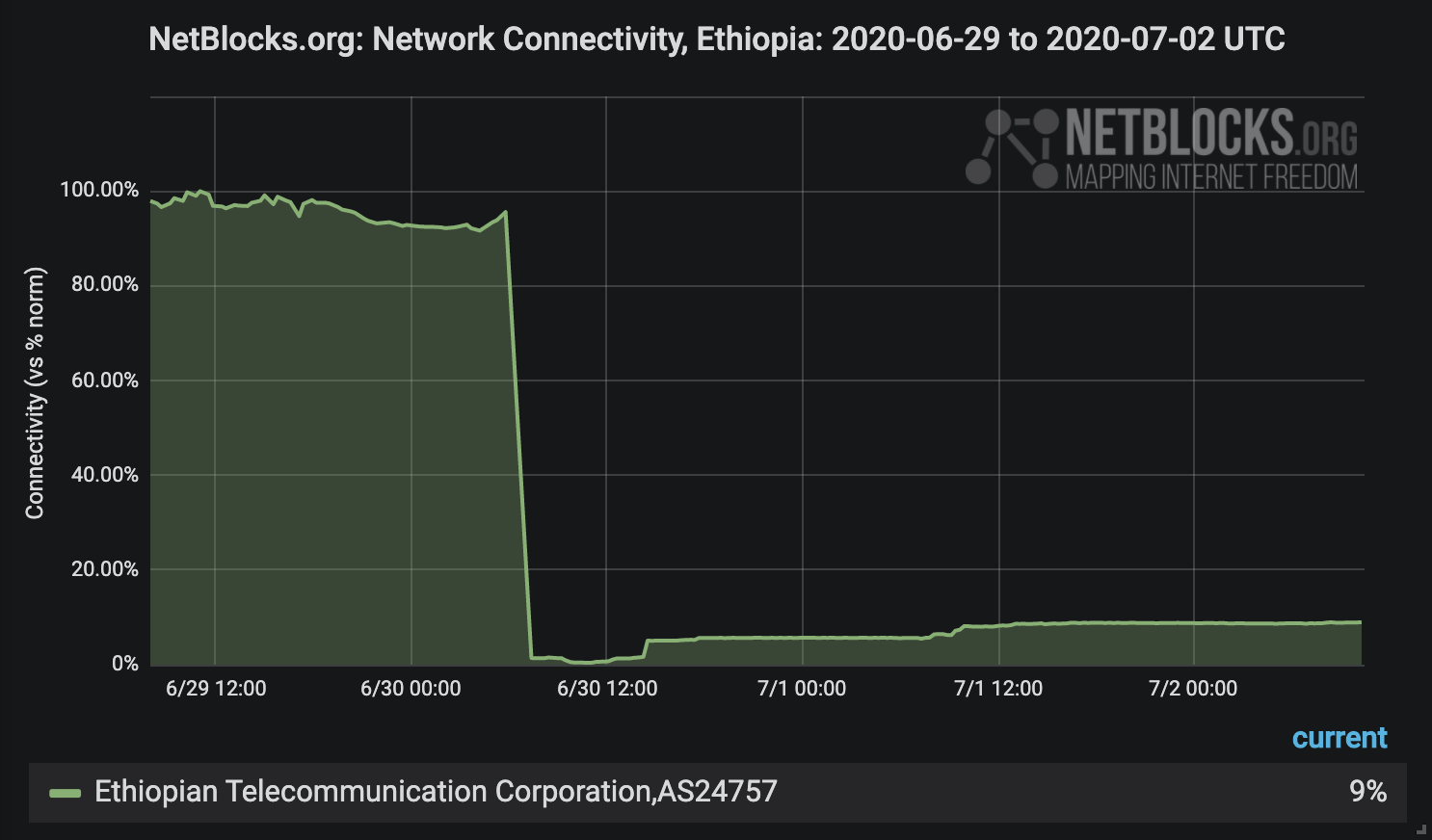

The third phase begins when organized groups join in the unrest with planned disruptive activities directed against targets of opportunity or “soft targets.” ■ RELATED: 10 tips to make sure you are ready when a disaster strikesīest practices for how companies or organizations should prepare for or respond to such incidents depend on many factors, including the nature of the precipitating event, proximity of location and type of business. Often, these individuals are not concerned or associated with the incident that gave rise to the disturbance. The second phase commences as other individuals, alerted by social media and news reporting, join the smaller group, often for the purpose of looting, spectating and otherwise causing damage. The first phase constitutes the incident initiating a disturbance among a small group. In order to frame considerations and timelines around emergency preparedness response plans, law enforcement has identified the escalation of civil unrest in three evolutionary phases. Operational and security management within organizations should view current events as a catalyst for evaluating enterprise best practices and policies around preparing office locations and employees for potential civil unrest.

As the state of public discourse around political ideology remains a flashpoint for demonstrations and dissent, differentiating between peaceful protest and a violent public disturbance is vital.


 0 kommentar(er)
0 kommentar(er)
